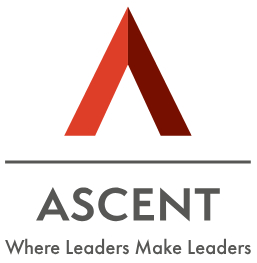Blog
When you have to pivot, what is your story?
– Karishma Parekh
As a conventional manufacturer for home/casual wear cotton textiles for women, our business has always been centered around the premise “what you see, touch and feel, is what you will buy”. Face time with contractors, personal visits from buyers across India and regular interaction with agents is how we have operated and grown the family business over the last 35 years.
COVID-19 threw a wrench in the works and disrupted our traditional working style overnight. Our revenues became uncertain while our fixed manufacturing and operating expenses continued.
A fundamental shift in our mindset along with every employee’s mindset was needed – to adapt creatively and to take charge whilst keeping our composure. We had to reset our ways of thinking, reinvent our ways of working and revive the business with a focus on revenue – a goal to achieve 50% of last year’s revenue with 75% staff capacity.
Revenue by sales
The rules of the game have changed. New habits are forming. People are choosing to wear the same clothes for months as they have nowhere to go. Yet, we dug deep to identify pockets of demand in low priced and fast moving such as budget priced sarees. We redirected our production output, retained labor and supplied goods to match exactly what customers are willing to buy. And added matching masks, of course!
Revenue by discounts
We leveraged our cash position to negotiate win-win deals with our vendors who provided us discounts in exchange for timely payment which was their need of the hour. This propelled cash rotation in the business and created savings through discounts. At the same time, we stayed sharply focused on our payment collection efforts from customers.
The key point here is – can you, as an entrepreneur, resize your sales and growth ambitions to match your working capital and cash flows, so effectively you can flow through the crisis?
Revenue by marketing
We surveyed dealers and retailers across Tier 2 and 3 cities to understand the new set of pain points they were confronted with. It became critical to maintain their trust in the brand and the product quality we offered.
Since our customers could not come to us, we decided to go to them. “We are there” became our chant as we created a digital storefront, set up a live video selling platform to simulate a real time instore buying experience, converted our physical catalogs into digital books and created highly engaging video content.
Revenue from these digital assets came through training. We trained our team on cultivating virtual relationships, communicating consistently and building trust with clients across a screen. We re-allocated our advertising budget towards gifts in health and hygiene space, which helped our salesmen sell faster.
Revenue by re-allocation of space/people
In the new normal, sales and revenue had to be matched with timely delivery as no distributor was willing to hold stock due to erratic demand. This called for a bold decision to reallocate production space to hold stock and reassign people. While closing low demand product lines, we pioneered new designs and fabrics in the fast-moving category to generate revenue.
Revenue by costs and savings
Every choice comes with a financial cost. We slashed the management travel budget and re-allocated a part of it to arrange private transfer services for our employees. Non-essential expenses were diverted to essential expenses, such as upgrading technology for remote working. To minimize financial wastage, every member had to cultivate a savings mindset.
Savings in operational expenses by working at 30% strength for 3 days a week enabled us to relocate employees to our factory in Gujarat, so we do not have to undergo a major layoff exercise. Creating a blended model of home plus office work turned out to be a golden opportunity for us. Change is challenging, and in these uncertain and fearful times, it is our role as leaders and entrepreneurs, to be seen in the frontline – remaining calm, prioritizing employee health and safety, being empathetic to employee circumstances and communicating positively and relentlessly with all stakeholders.
About The Author
Credits: Karishma Parekh, Managing Partner – Karishma Sarees and Suits, Member of ASCENT Foundation


